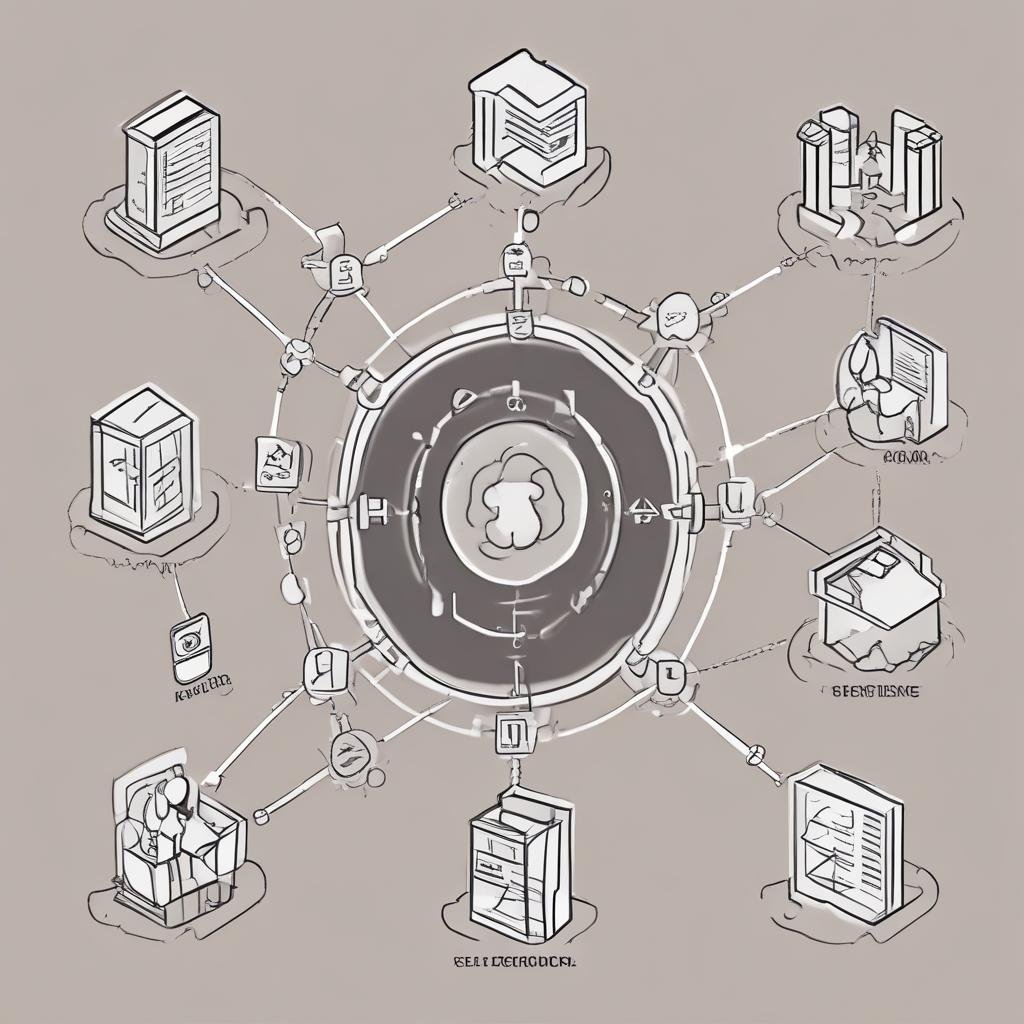Defining Business Logic
Business logic is the underlying framework that governs the operational and decision-making processes within an organization. It encompasses the rules, policies, and procedures that guide how business operations are conducted and how data is processed to achieve specific outcomes.
Understanding the Essence
At its core, business logic serves as the foundation upon which businesses operate. It defines the principles and rationale behind various aspects of business operations, including sales, marketing, finance, and customer service. Business logic ensures consistency, efficiency, and alignment with the overarching goals and objectives of the organization.
The Role of Business Logic
Guiding Decision-Making
Business logic plays a crucial role in guiding decision-making processes at all levels of the organization. From strategic planning to day-to-day operations, business logic provides a framework for evaluating options, assessing risks, and making informed decisions that contribute to the success of the business.
Enabling Automation
In today’s digital age, business logic is often embedded within software applications to automate repetitive tasks and streamline business processes. By codifying business rules and workflows, organizations can achieve greater efficiency, accuracy, and scalability in their operations.
Supporting Adaptability
Business logic is not static; it evolves in response to changes in the business environment, market conditions, and customer preferences. Organizations must continuously review and update their business logic to remain agile and responsive to emerging opportunities and challenges.
Implementing Business Logic
Requirement Analysis
The first step in implementing business logic is to conduct a thorough analysis of business requirements, objectives, and constraints. This involves understanding the needs of stakeholders, identifying key performance indicators, and defining success criteria for the project.
Logic Design
Once the requirements are understood, the next step is to design the business logic. This entails defining the rules, processes, and workflows that will govern how data is processed, transactions are conducted, and decisions are made within the organization.
Implementation and Testing
After the logic has been designed, it is implemented in software applications or business processes. This involves writing code, configuring systems, and integrating solutions to support the defined business logic. Thorough testing is essential to ensure that the implemented logic functions as intended and produces the desired outcomes.
Conclusion
In conclusion, business logic is the cornerstone of effective business operations. By defining the rules and processes that govern how organizations conduct business, business logic ensures consistency, efficiency, and alignment with strategic objectives. By understanding the significance of business logic and implementing it effectively, organizations can achieve their goals, drive innovation, and thrive in today’s competitive landscape.

Steps:
- Understand Business Requirements: Conduct thorough analysis to comprehend the objectives, processes, and constraints of the business.
- Identify Key Processes: Identify the core processes and workflows that drive business operations and decision-making.
- Define Business Rules: Clearly define the rules, policies, and constraints that govern how data is processed, transactions are conducted, and decisions are made.
- Translate into Technical Requirements: Translate business rules into technical requirements that can be implemented in software applications or business processes.
- Design Logic Flow: Design the flow of logic, including decision points, actions, and outcomes, to ensure alignment with business objectives.
- Implement Logic: Implement the defined business logic in software applications or business processes, ensuring accuracy and reliability.
- Test and Validate: Thoroughly test the implemented logic to ensure it produces the desired outcomes and adheres to business rules and requirements.
- Iterate and Improve: Continuously review and refine the business logic based on feedback, changes in business requirements, and emerging trends, to ensure ongoing alignment with business objectives.

FAQs:
- What is business logic?
- Business logic refers to the rules, processes, and calculations that govern how data is processed and manipulated within an organization to achieve specific business objectives.
- Why is business logic important?
- Business logic is essential because it ensures that business processes are conducted consistently and accurately, leading to more efficient operations and better decision-making.
- How is business logic implemented in software applications?
- Business logic can be implemented in software applications using programming languages, frameworks, and design patterns. Developers translate business requirements into code that automates processes and enforces rules.
- What are some common challenges in implementing business logic?
- Some common challenges include understanding complex business requirements, ensuring that the implemented logic aligns with the organization’s goals, and maintaining flexibility to accommodate changes over time.
- How can I ensure that business logic is robust and reliable?
- Thorough testing, validation, and documentation are key to ensuring that business logic functions as intended. Regular review and refinement based on feedback and changing requirements also contribute to its reliability.

Ive read several just right stuff here Certainly price bookmarking for revisiting I wonder how a lot effort you place to create this kind of great informative website
Thanks I have just been looking for information about this subject for a long time and yours is the best Ive discovered till now However what in regards to the bottom line Are you certain in regards to the supply
hiI like your writing so much share we be in contact more approximately your article on AOL I need a specialist in this area to resolve my problem Maybe that is you Looking ahead to see you